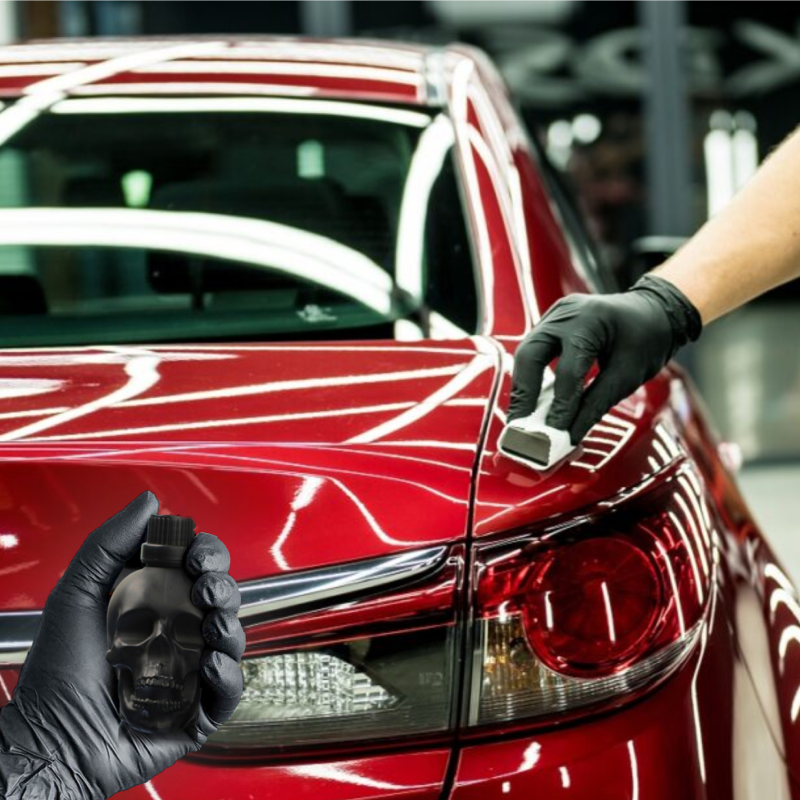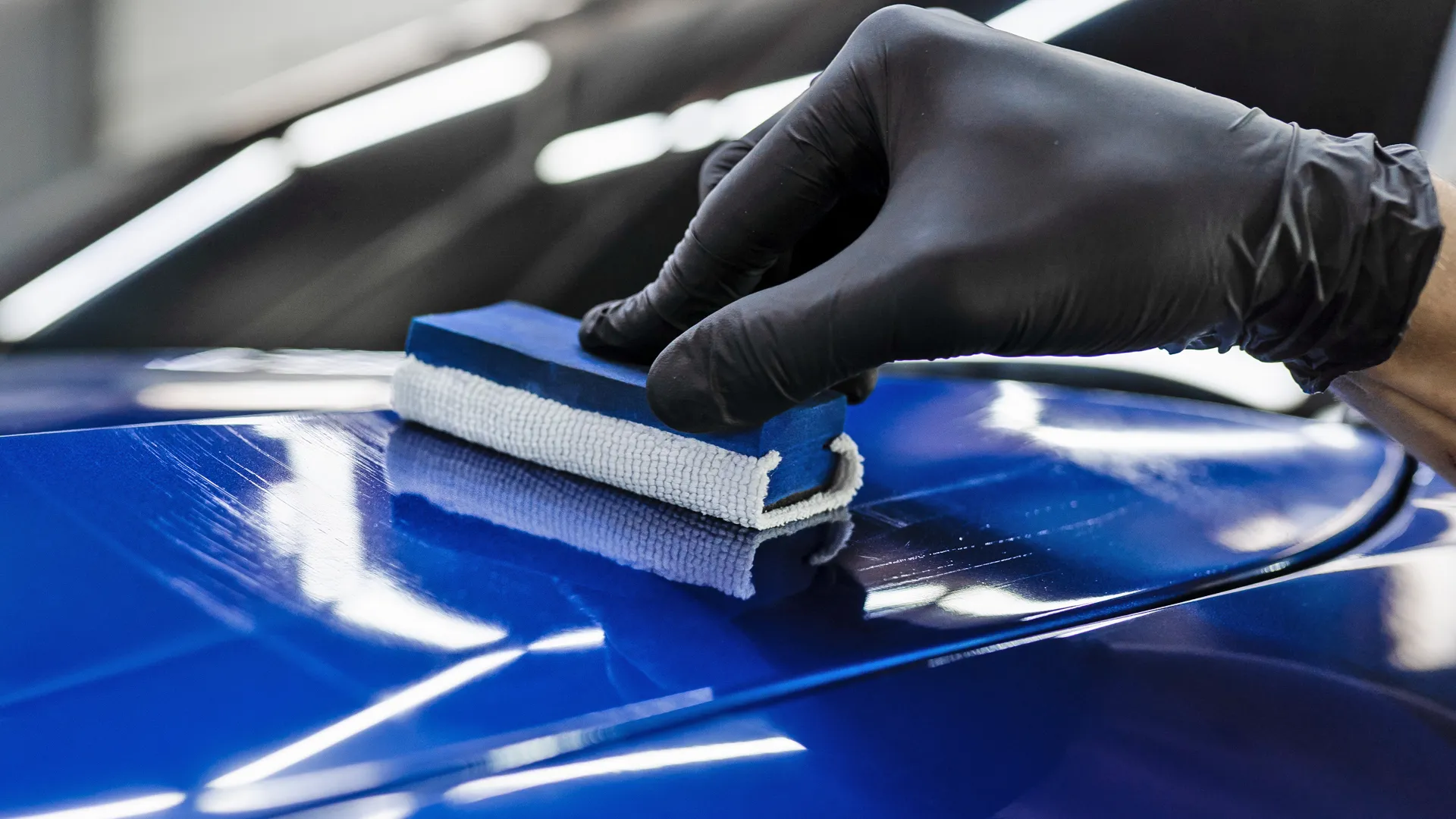Find affordable car detailing services for a sparkling car finish.
A Comprehensive Guide to the Sorts Of Ceramic Coating on the marketplace
Ceramic finishings have arised as a critical service across numerous markets as a result of their distinct residential or commercial properties and applications. From silica-based formulas known for their effectiveness to hybrid choices that merge several benefits, the choices readily available can be frustrating. Comprehending the nuances of each kind, including their details benefits and perfect usage instances, is vital for making notified decisions. As we check out the distinct characteristics and applications of these layers, the effects for performance and durability come to be increasingly evident, questioning about which kind could best suit your demands.
Recognizing Ceramic Coatings
Ceramic layers are innovative safety solutions that have obtained popularity in various industries, particularly in vehicle and aerospace applications. These finishes contain a fluid polymer that, when cured, creates a durable, hydrophobic layer on the surface of the substratum. This layer provides enhanced resistance to environmental contaminants, UV radiation, and chemical direct exposure, thereby expanding the life and aesthetic allure of the underlying material.
The essential element of ceramic coverings is silica, which adds to their solidity and durability. The application process normally includes surface preparation, application of the finish, and healing, which can be accomplished through warmth or UV light. When cured, ceramic finishings exhibit extraordinary bonding residential properties, enabling them to stick strongly to a variety of surface areas, including steels, plastics, and glass.
Along with their safety attributes, ceramic finishings additionally supply convenience of maintenance. Their hydrophobic nature lowers the adherence of dust and grime, making cleaning less complex and less frequent. Overall, the fostering of ceramic coatings stands for a considerable innovation in surface area defense technology, offering both useful and visual advantages across numerous industries.
Types of Ceramic Coatings
Numerous sorts of ceramic finishings are available, each made to satisfy details performance requirements and applications - scratch repair sarasota. The most common kinds consist of:
Silica-based Coatings: These coverings mostly include silicon dioxide and are known for their longevity and chemical resistance. They are widely used in vehicle and industrial applications.
Titanium Dioxide Coatings: Prominent for their photocatalytic residential or commercial properties, titanium dioxide finishes are frequently applied in environments where self-cleaning and antifungal residential or commercial properties are desirable, such as in building materials and vehicle surfaces.
Zirconia Coatings: Defined by their high-temperature stability and thermal resistance, zirconia finishings are utilized in applications such as turbine engines and high-performance automotive components.
Alumina Coatings: Displaying exceptional firmness and thermal stability, alumina finishes are often utilized in wear-resistant applications, consisting of cutting devices and commercial equipment. - Auto Detailing
Crossbreed Coatings: Combining the buildings of numerous products, hybrid coverings provide enhanced efficiency attributes, making them appropriate for unique and requiring applications.
Each kind of ceramic layer offers distinct purposes, permitting users to pick one of the most appropriate solution based upon specific ecological conditions and efficiency demands.
Benefits of Ceramic Coatings
Ceramic layers, in certain, offer many benefits that make them increasingly prominent among producers and customers alike. These layers are resistant to scratches, chemicals, and UV rays, making sure that the underlying surface remains secured over time.
Along with toughness, ceramic finishes provide superb hydrophobic buildings, permitting for simple cleansing and maintenance. This water-repellent nature decreases the adherence of dirt, grime, and other pollutants, which can prolong the visual allure and performance of the surface area. Ceramic coatings can significantly enhance thermal resistance, making them perfect for applications that sustain high temperatures.

Application Refine
When applying ceramic layers, a thorough strategy is important to accomplish optimum results. The application procedure usually begins with detailed surface area prep work. This entails cleaning, sanitizing, and brightening the surface to get rid of all contaminations, including dust, grease, and prior waxes or sealants. A clean surface ensures appropriate attachment of the covering.
As soon as the surface is prepped, the following step is to use the ceramic covering. This can be done making use of an applicator pad or a microfiber cloth, making certain even coverage. It is crucial to operate in little areas to maintain control and avoid premature healing. The coating must be used in thin layers, as thicker applications can bring about unequal finishes.
After application, the finish calls for a certain healing time, usually varying from a couple of hours to a complete day, depending on the product. During this time, it is vital to stay clear of exposure to wetness or impurities. A gentle buffing might be essential after treating to boost the gloss and eliminate any high places. Adhering to these steps carefully will make best use of the effectiveness and durability of the ceramic covering, offering a resilient safety layer for the surface area.
Upkeep and Long Life
To ensure the longevity and effectiveness of a ceramic layer, normal upkeep is important. Ceramic finishings, known for their sturdiness and protective top qualities, need details treatment routines to optimize their life-span and efficiency. The primary step in upkeep involves regular washing with pH-neutral soap, avoiding harsh chemicals that can break down the coating. It is advisable to wash the automobile regularly, ideally every two weeks, to prevent the accumulation of impurities that can compromise the finish's integrity.
In addition to regular washing, routine examinations are critical. Look for indications of wear or article damages, such as hydrophobic buildings lessening or surface imperfections. If essential, a light polish may be related to invigorate the finishing without removing it away.
Furthermore, the application of a booster spray can enhance the layer's hydrophobic results and recover its gloss. This is especially beneficial for coverings that have remained in usage for an extensive period. Eventually, by adhering to these upkeep techniques, one can significantly extend the life of a ceramic layer, guaranteeing that it continues to provide optimum security against environmental factors and maintain the aesthetic appeal of the vehicle.
Conclusion
